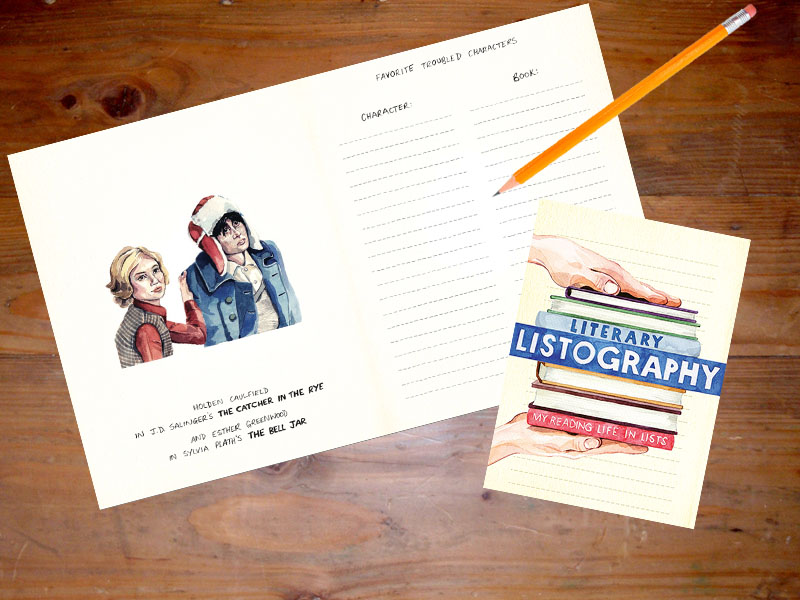Fair warning: This review will have
a lot of spoilers after the first two paragraphs. I’ll note where the spoilers begin so, if you want to remain unspoiled, you can stop reading.
It isn’t everyday that a book gives me almost exactly what I expect while also surprising me at every turn, and, in this sense, Ranae Rose’s erotica-action novella,
Taken Hostage, is remarkable. While it gave me what I anticipated based on the synopsis as well as my prior experience with romance novels (my guilty pleasure), it did so in an unexpected manner. Unfortunately, this is both a blessing and curse, for the book manages to defy a number of typical genre tropes while still falling victim to many of the stereotypes people associate with romance.
The story set up is familiar: Tiffany, a New York bank teller, finds herself attracted to a handsome stranger who she assumes is a new customer. However, James Elliot is not your typical customer. Upon reaching the front of the line, he holds up the bank, demands that Tiffany fill a pillowcase with money, and takes her hostage. The two of them then drive across the country to escape the police.
Spoilers start here…
This premise alone seems promising if not terribly original. After reading the first few pages, I assumed that:
1. James would have some sort of noble reason for holding up the bank, since modern romance heroes rarely, if ever, do anything this drastic (or flagrantly illegal) without having some sort of rationale that allows us to sympathize with him. At this point, my money was on him needing the money to ransom a loved one (probably a female relative).
2. Tiffany, being a modern, independent heroine, would show her feistiness by defying her captor and trying to escape before learning about his back story and then falling in love with him.
3. The author would somehow mulligan the bank robbery plot at the end, with James being vindicated and allowed to lead a free and happy existence with Tiffany.
However, this is where Rose surprises us. There are no ailing relatives, kidnapped sisters, or even endangered puppies to motivate James’s very illegal actions. He’s doing it for the money, pure and simple, and we find that Tiffany’s bank isn’t the first he has robbed. Also, beyond her initial fear (which is understandable considering that James tells everyone in the bank that he will kill her if they are pursued), Tiffany, upon hearing from James that he isn’t going to hurt her, seems quite content to go along with him and opts to stay with him as his partner when he gives her the opportunity to leave. She is also quick to acknowledge their sexual attraction and doesn’t have any angst over wanting James.
This is unexpected and ensures that no one will confuse this book with, say, a Harlequin Presents, but these decisions also highlight the book’s flaws. Although I appreciated that James wasn’t a tortured hero and Tiffany wasn’t a typical feisty or martyred heroine, we don’t know much about them and the little we do know is not positive. While James’s candor about robbing the bank for money should probably be taken as refreshing, it made it impossible for me to root for him. Similarly, Tiffany’s willingness to believe that James means her no harm (she takes his word at face value minutes after he has announced, during the robbery, that he will “blow her brains out”) and desire to screw him six ways to Sunday before even knowing his name firmly made her a too stupid to live heroine without the typical tropes.
You may be asking yourself, “What stereotypes does the book use?” Well, the characters have sex and lots of it, with scenes that are steamy if somewhat ludicrous. One of the first major sex scenes happens in the woods, where the characters get it on while on the run from the police. Adrenaline aside, they take a while to stop even after they hear people approaching. At this point, I was rooting for the police to catch their sorry selves, if only because people this intrepidly stupid (or is it stupidly intrepid) and morally bankrupt shouldn't procreate.
Also, James and Tiffany get their happily ever after once they escape the police and cross the border into Mexico. This might not be such a formidable problem except that Rose ends the book in typical romance novel fashion, with the two of them exchanging “I love yous” on the beach. This falls flat since we don’t see them connect on any real level beyond the sexual. Even if I could ignore the fact that these characters haven’t earned and don’t deserve their happy ending, it is hard to believe that they love each other and will spend the rest of their days blissfully sipping margaritas together.
All of this is not to say that Rose is an untalented writer. She writes a torrid sex scene and keeps the tension of the book going, even when her two main characters seem unconcerned with evading the police. I also can’t help but admire that she avoids trotting out many romance conventions even if she does so to the detriment of the characters. I almost wish she had fully committed to defying all genre expectations and made this book straight-up erotica. A more ambiguous ending with James and Tiffany racing towards the Mexican border while evading the police might have been more satisfying and believable rather the forced and unconvincing HEA.
In short, if you are looking for a hot, if implausible, read filled with lots of sex, then you might enjoy this book. On the other hand, if you are looking for a romance with likable, sympathetic characters developing an understandable relationship with each other, you might want to look elsewhere









